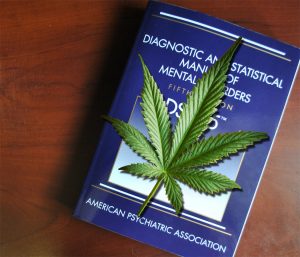 We do have some initial data on what happens to cannabis use in states where it’s now legal. In Washington state, that’s been since July 2014. Initially, prices rose, probably a result of the transition. But then they began to fall. As we approach the two-year mark, the price of pot is falling at a remarkable rate– 2% a month. Perhaps as much as 25% annually.
We do have some initial data on what happens to cannabis use in states where it’s now legal. In Washington state, that’s been since July 2014. Initially, prices rose, probably a result of the transition. But then they began to fall. As we approach the two-year mark, the price of pot is falling at a remarkable rate– 2% a month. Perhaps as much as 25% annually.
Dedicated marijuana users will be happy to hear it. Still, it means far less tax revenue for states that legalized recreational use in hopes of offsetting budget deficits. It will also mean a lower return on investment for private investors in the pot business. That has included former cannabis executive Gary Johnson, now running for President as a Libertarian.
A truly low price point opens the marketplace to low-income users and younger people. Both groups are traditionally at higher risk for drug-related problems.
If prices remain low, sellers will likely feel the need to replace lost revenue. They can market extra-potent “luxury” strains for the higher income purchaser, in effect creating a two-tier marketplace. Or they can look to increase sales at the lower end through intense marketing, like a leafy WalMart.
A note about medical vs recreational pot: There’s no pharmacological difference. It’s the same stuff. It may be illegal to bring marijuana from Colorado across your state line for recreational use, but good luck stopping it. If the price drops there, it should in neighboring states as well.
There’ll still be a black market, as is there is with cigarettes. Black market entrepreneurs will boost sales by providing low-quality grass that’s been laced with other psychoactive substances. Or perhaps we’ll see increased availability of “synthetics” that are just chemically treated plant material that looks and feels like the genuine article. Its effects are far less predictable.
If my battered crystal ball is correct, a combination of these and other factors should ultimately lead to a significant increase in the raw numbers of persons with Cannabis Use Disorders (CUDs). They may not show up in treatment for a while, however. There’s a lag between the onset of an addictive disorder and arrival in treatment. I predict many users will be dependent long before they experience the sort of life problems that motivate someone to seek help. Some of them will just reorient their lives around their disorder.
One young professional had been a heavy user since his late teens. After he married and had two kids, his wife objected to him smoking pot around the children. He was reluctant to quit, so they reached an elaborate compromise concerning when, where, and how often he would smoke. I had the feeling neither was very happy with the arrangement. But he couldn’t seem to do without, and his spouse wasn’t willing to give up on a marriage with young children.
That’s the sort of accommodation that we’ve seen happen with alcoholism.










